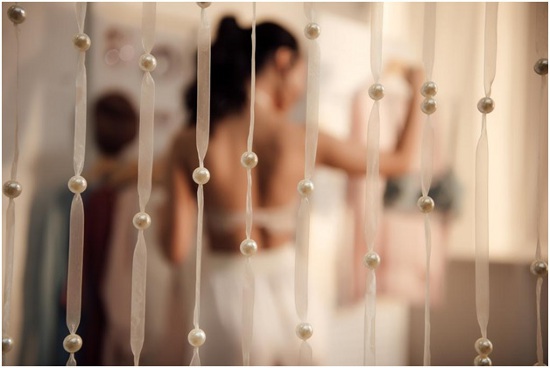What are Pearls?
Pearls are unique and beautiful gemstones that have been cherished by people for centuries. They are created by living creatures, and no two pearls are alike. Pearls come in many different colors, sizes, and shapes, and they can be found in freshwater or saltwater.


Different Types of Pearls.
There are many different types of perla, each with its own unique beauty. Here is a brief overview of some of the most popular types:
- Akoya Pearls: Akoya pearls are classic and elegant. They are grown in the akoya oyster, which is native to Japan and China. Akoya pearls range in color from white to cream, with a hint of rose or yellow. They typically measure 6-7mm in diameter.
- Tahitian Pearls: Tahitian pearls are grown in black-lipped oysters in the warm waters around Tahiti. These pearls have a wide range of colors, including black, green, blue, and purple. Tahitian pearls typically measure 8-9mm in diameter.
- South Sea Pearls: South Sea pearls are the largest type of cultured pearl. They are grown in silver-lipped oysters in the warm waters around Australia, Indonesia, and the Philippines. South Sea pearls come in a variety of colors, including white, cream, gold, and pink. They typically measure 9-10mm or larger in diameter.
- Freshwater Pearls: Freshwater cultured pearls are grown in freshwater mussels instead of salt water.
The History of Pearls.
A pearl is a hard, round object produced by certain mollusks. It is composed of calcium carbonate in aragonite form, and its structure is a microcosm of the mollusk’s shell. The ideal pearl is perfectly round and smooth, but many other shapes, known as baroque pearls, can occur. The finest quality natural pearls have been highly valued as gemstones and objects of beauty for many centuries.
Because of the unique way they are formed, pearls are often considered to be symbols of purity and innocence. In some cultures, they are also thought to bring good luck or offer protection from evil.
Natural pearls are formed when an irritant such as a piece of sand or a parasite gets inside the mollusk’s shell. In order to protect itself, the mollusk secretes a substance called nacre around the irritant. Over time, layer upon layer of nacre builds up around the irritant until it is completely encased in a gleaming pearl.
The vast majority of natural pearls are found in saltwater oysters living in warm seas around the world. Freshwater pearls can also form naturally in certain freshwater mussels living in rivers and lakes; however these
How are Pearls Formed?
Pearls are formed when an irritant such as a piece of sand or a bit of shell enters an oyster’s body. To protect itself, the oyster secretes nacre, a substance composed of calcium carbonate and conchiolin. Nacre is also secreted by other mollusks, but it is in the nacre of the pearl oyster that we find true pearls.
As successive layers of nacre are deposited around the irritant, it becomes increasingly coated until eventually a lustrous sphere is formed. The color of a pearl depends on the type of mollusk in which it forms as well as the water conditions in which that mollusk lives. For example, Akoya pearls are white because they come from Akoya Oysters found in cold saltwater environments.
The Value of Pearls.
For centuries, pearls have been symbols of wealth and luxury. But did you know that these beautiful gemstones can also have health benefits?
Recent studies have shown that wearing pearls can help to reduce inflammation and pain in the body. Pearls contain a substance called conchiolin, which is known for its anti-inflammatory properties. Conchiolin is also thought to help stimulate the production of collagen, which is essential for healthy skin and joints.
So, if you’re looking for a way to add a little luxury to your life while also improving your health, consider investing in some pearls!


How to Care for Pearls.
When it comes to pearls, proper care is key to preserving their beauty and luster. Here are a few tips on how to care for your pearls:
- Store your pearls in a cool, dry place away from direct sunlight. A soft cloth or jewelry box lined with felt is ideal.
- When not wearing your pearls, make sure they are stored safely in a closed container.
- Avoid contact with harsh chemicals, perfumes, and cosmetics as they can damage the delicate surface of the pearl.
- To clean your pearls, simply wipe them down with a soft cloth dampened with water or mild soap. Avoid using abrasive cleaners as they can scratch the surface of the pearl.
- Have your pearls professionally inspected and cleaned every few years to maintain their beauty and luster.














